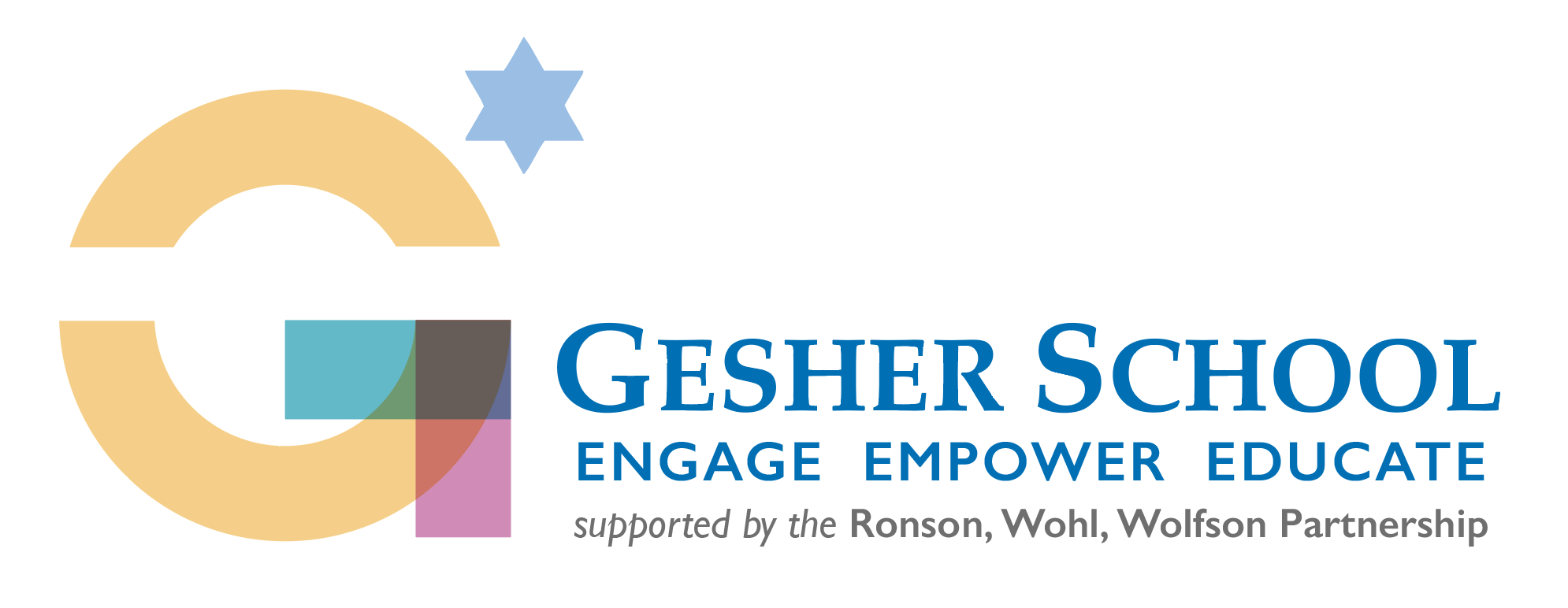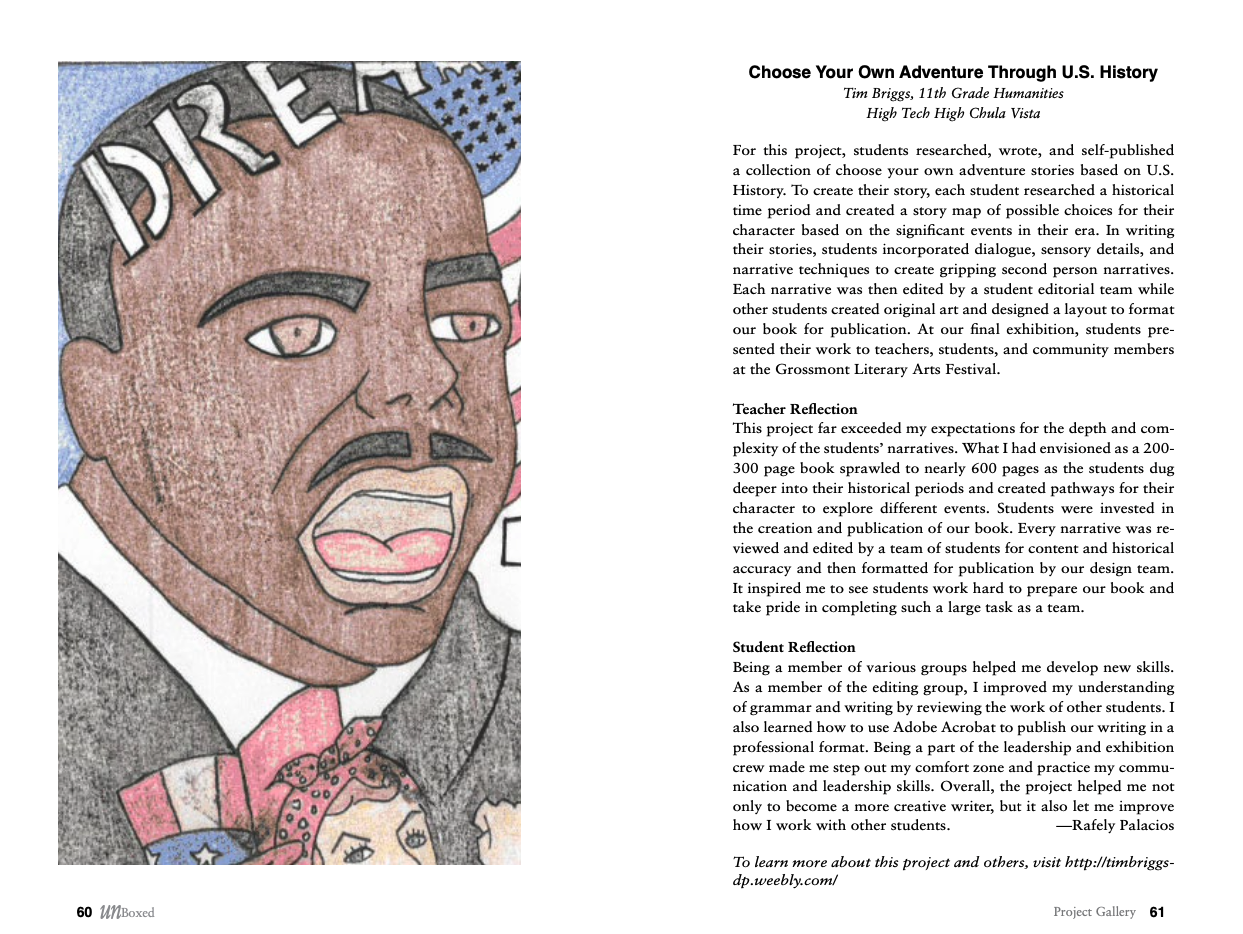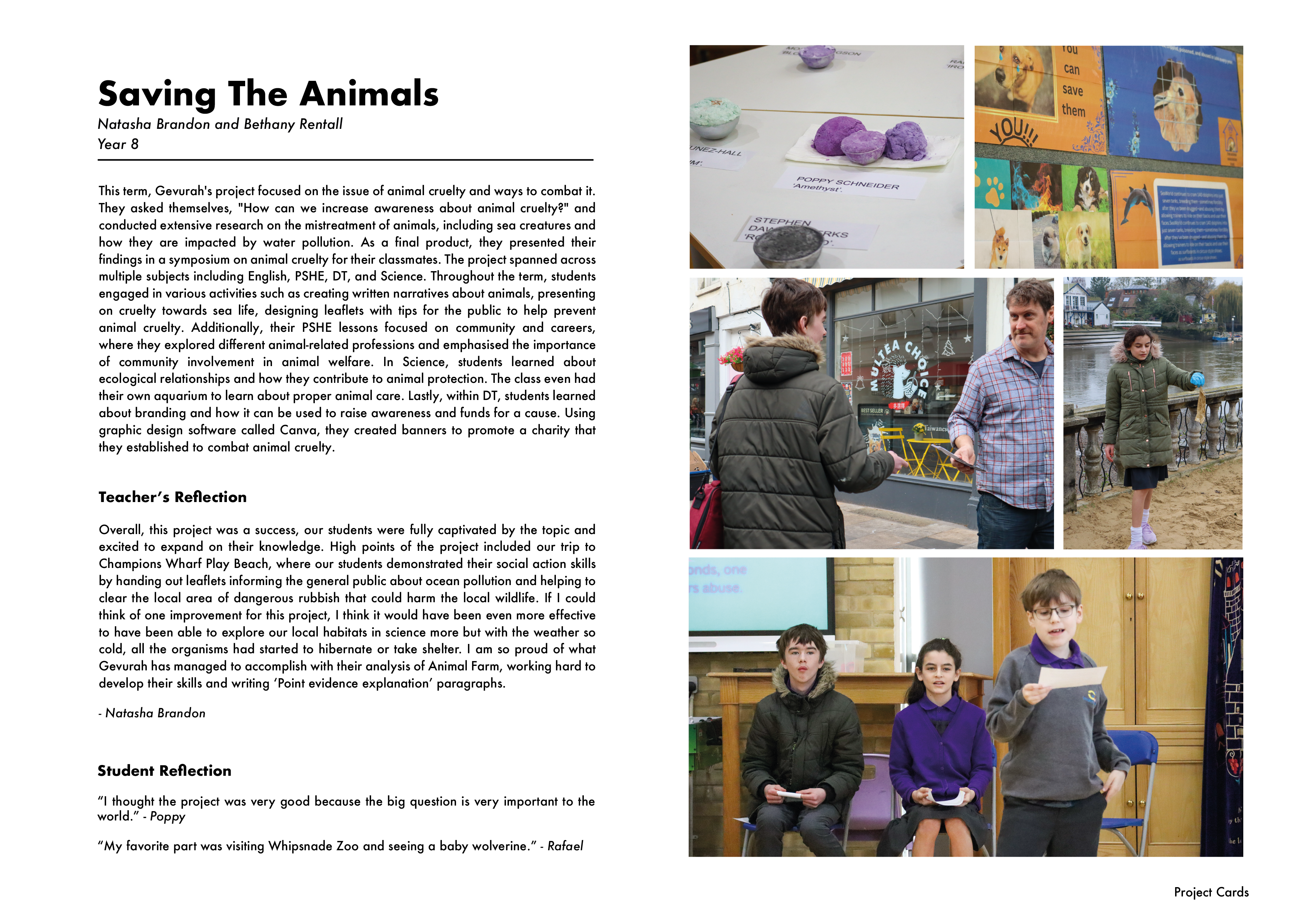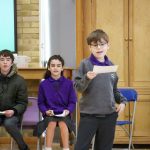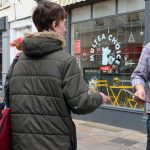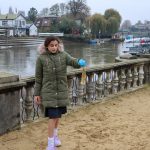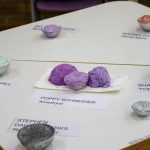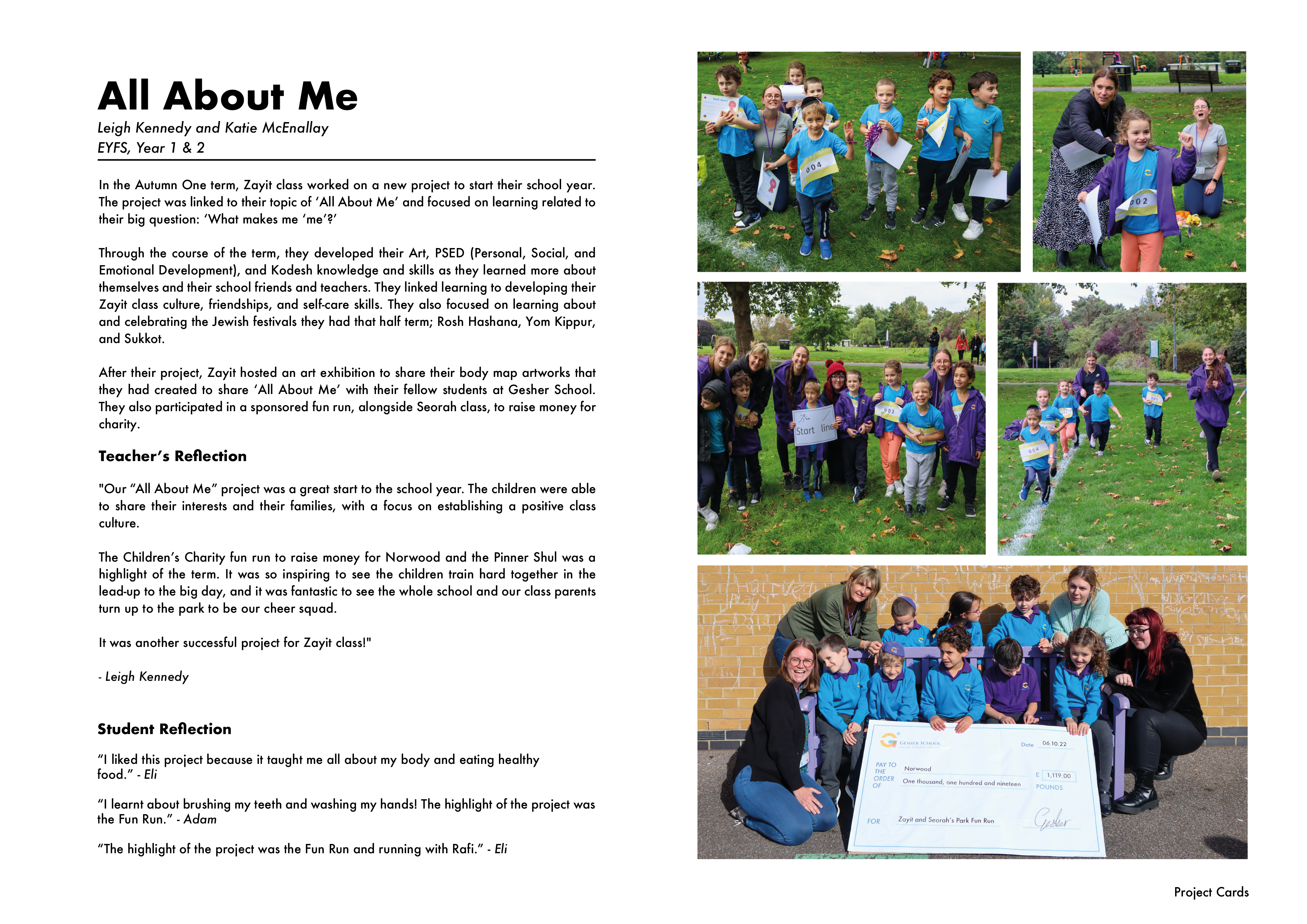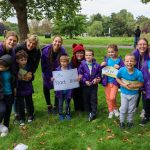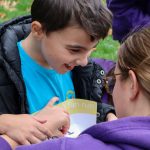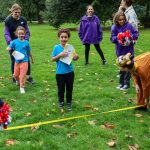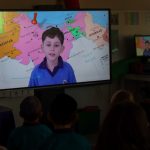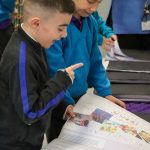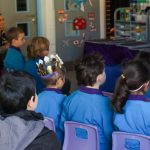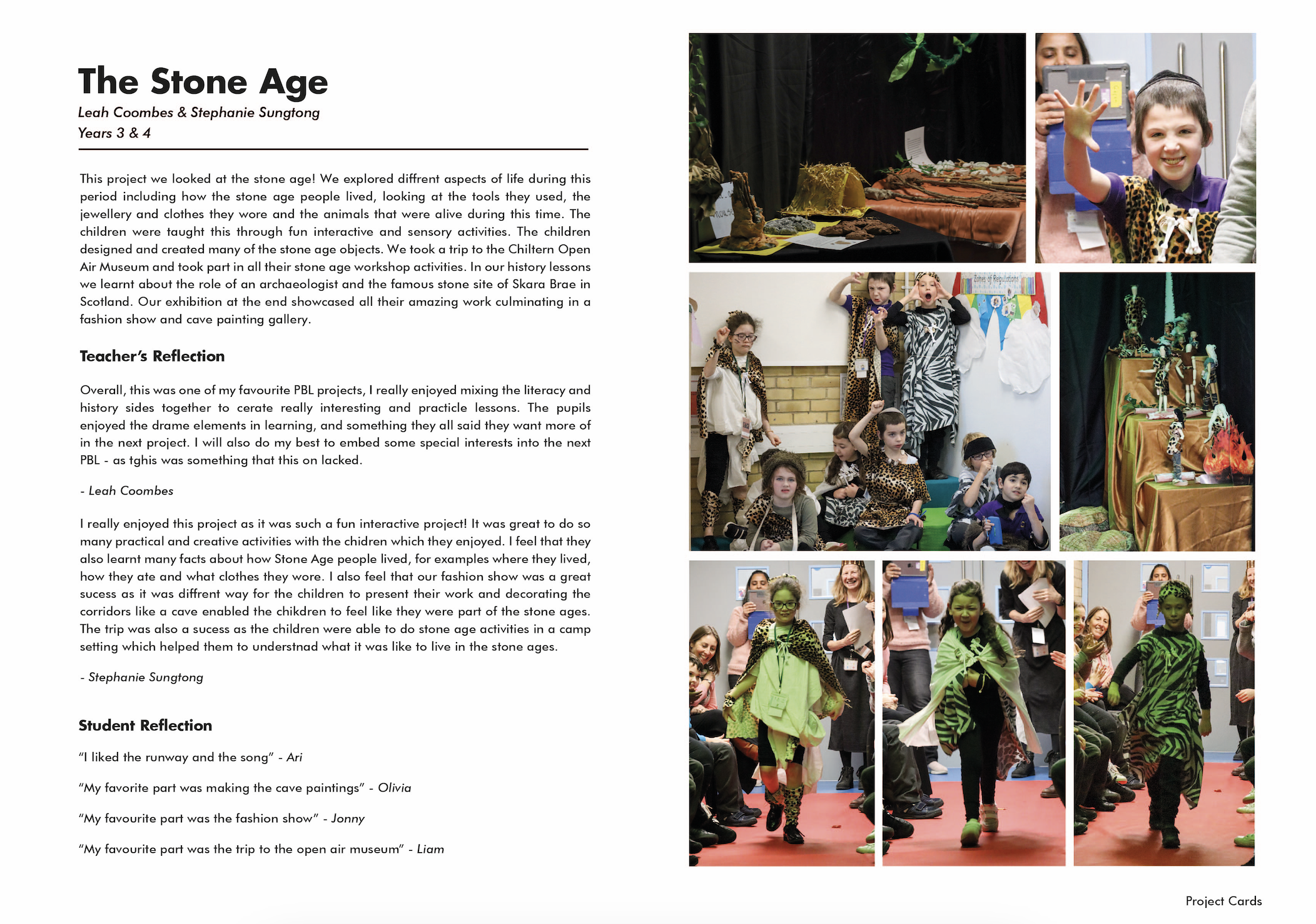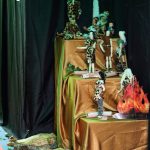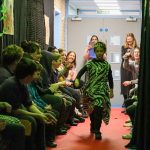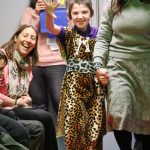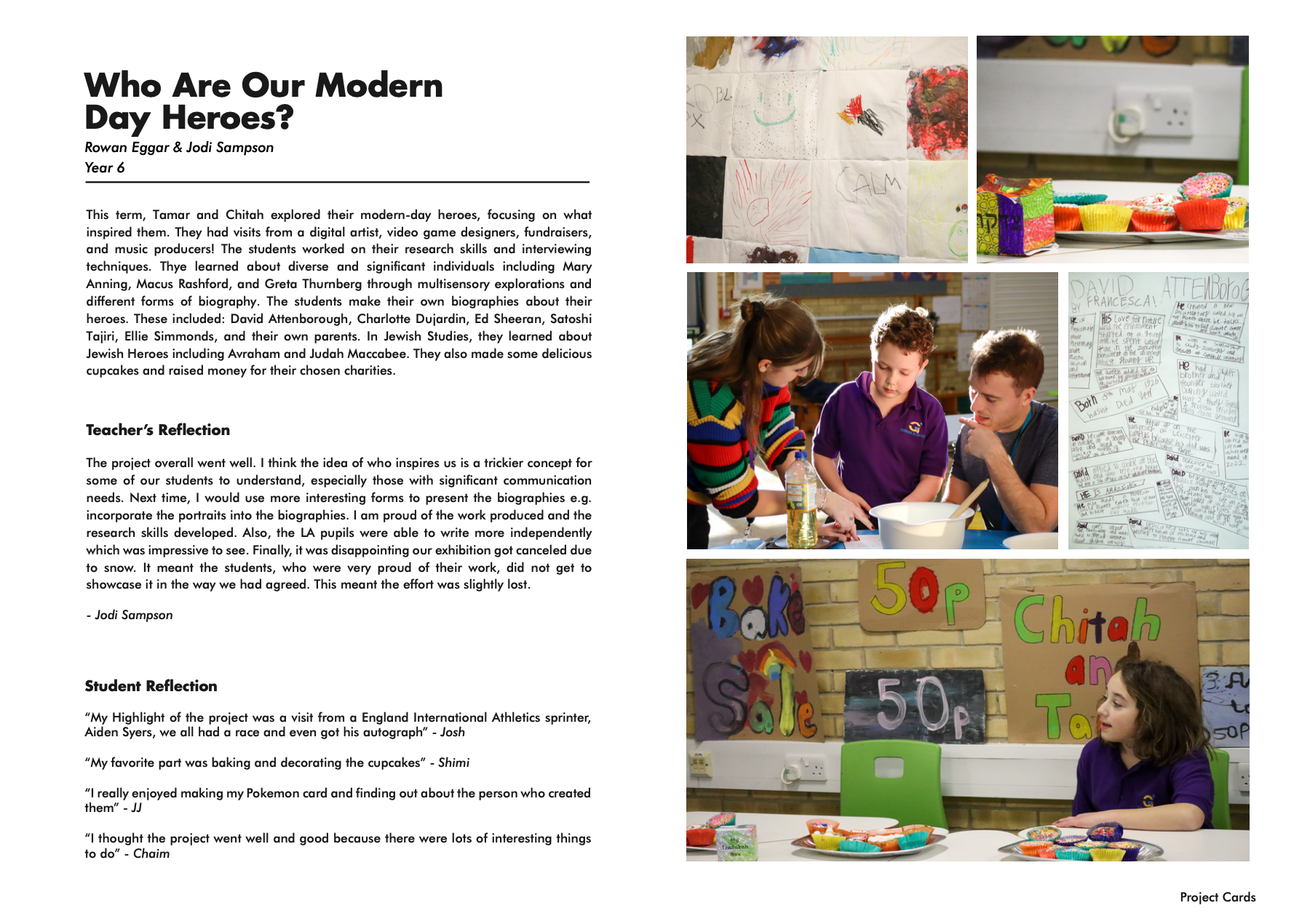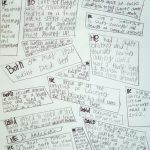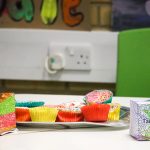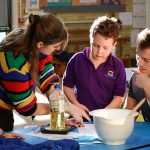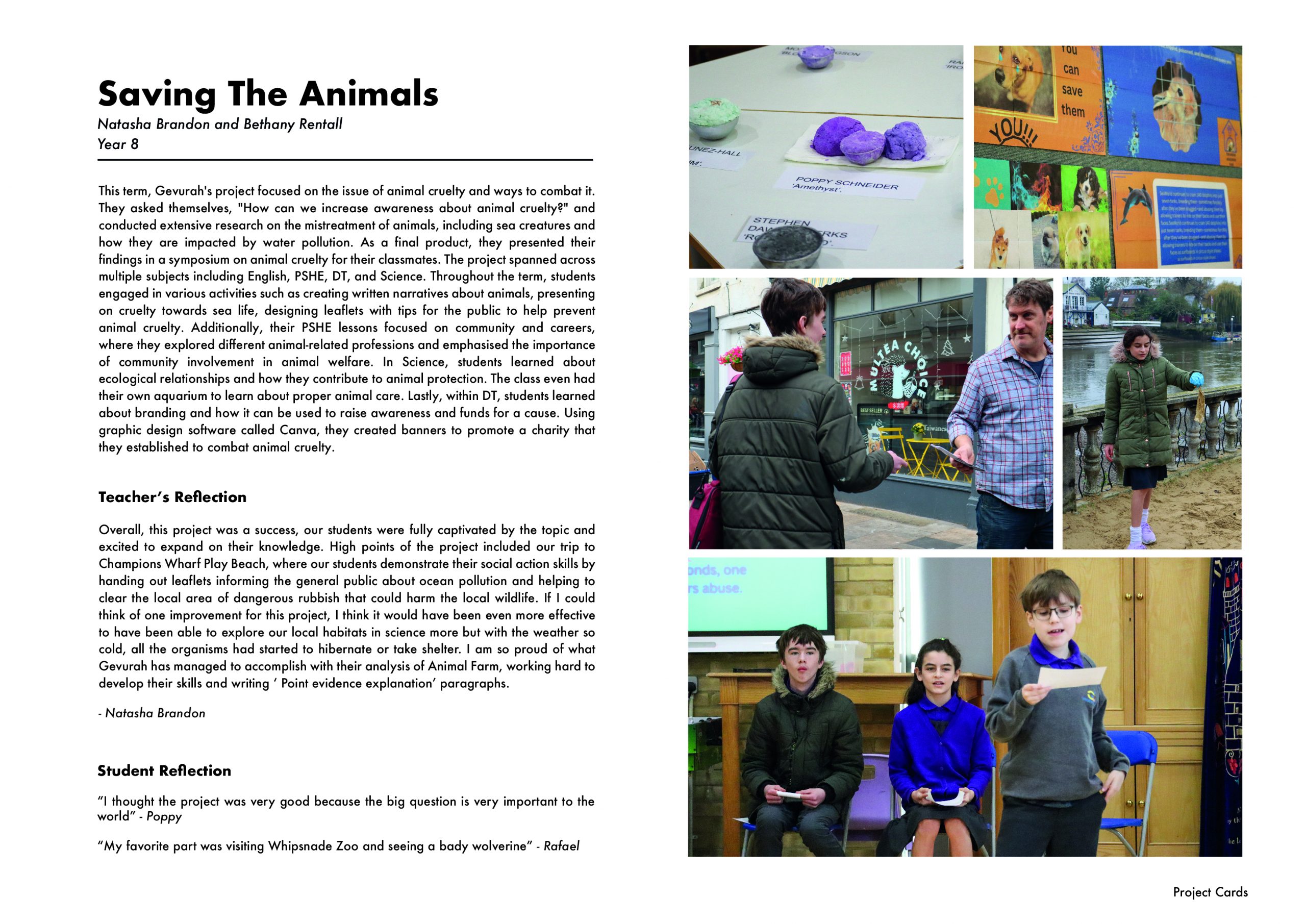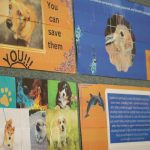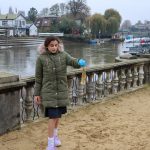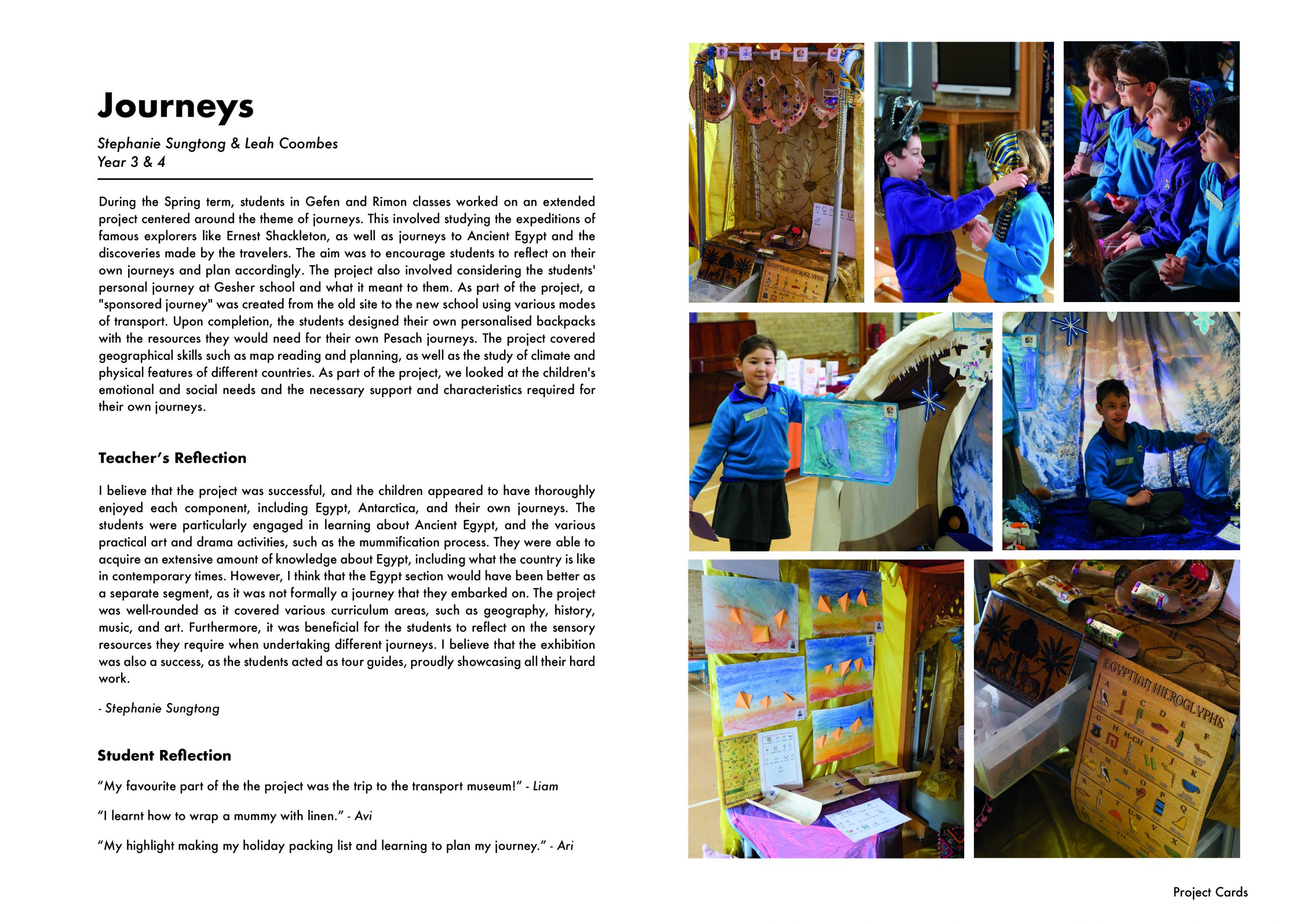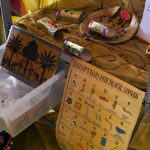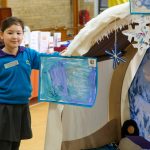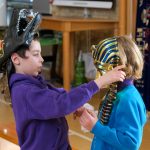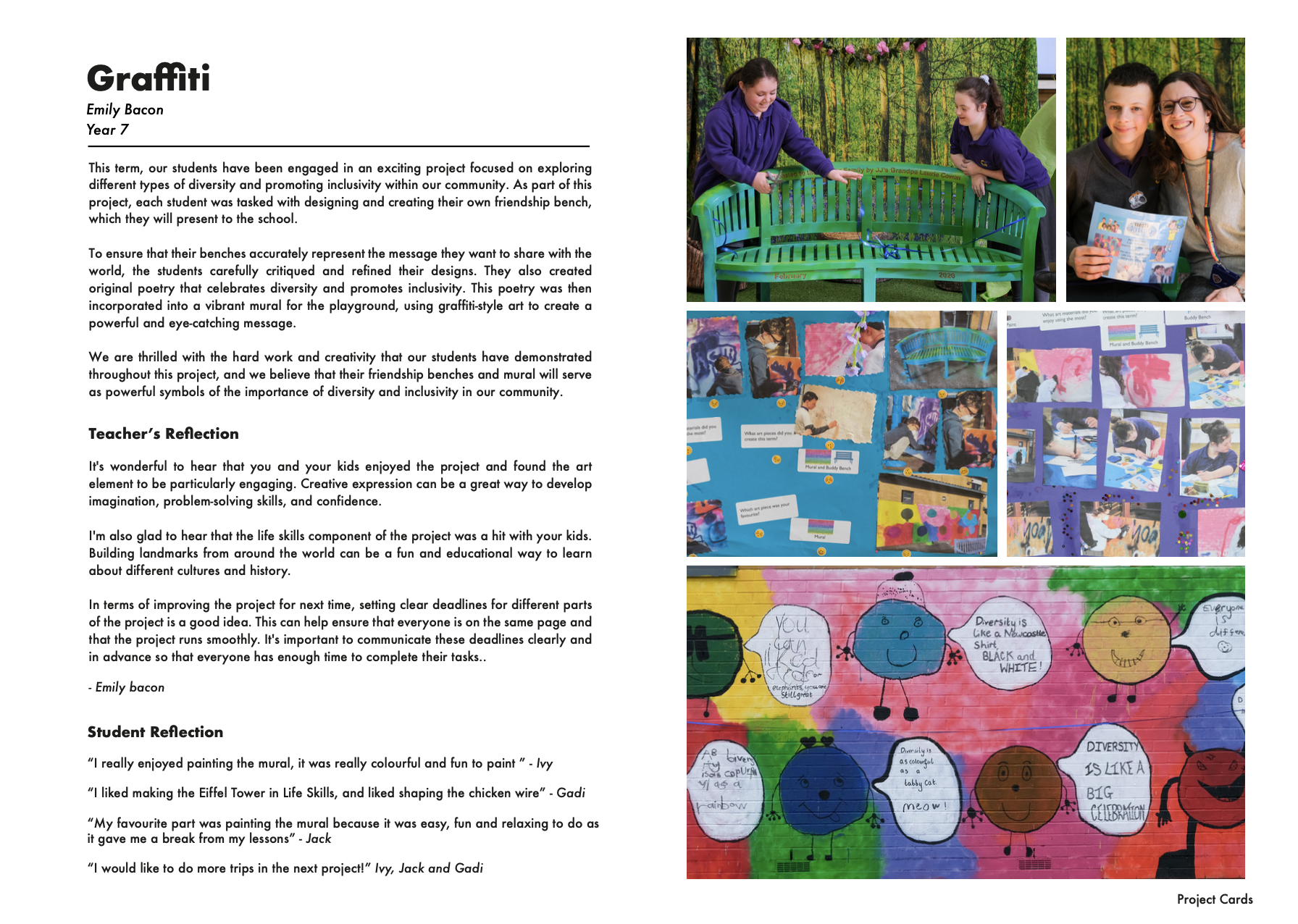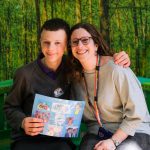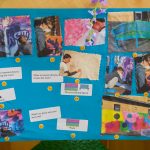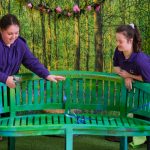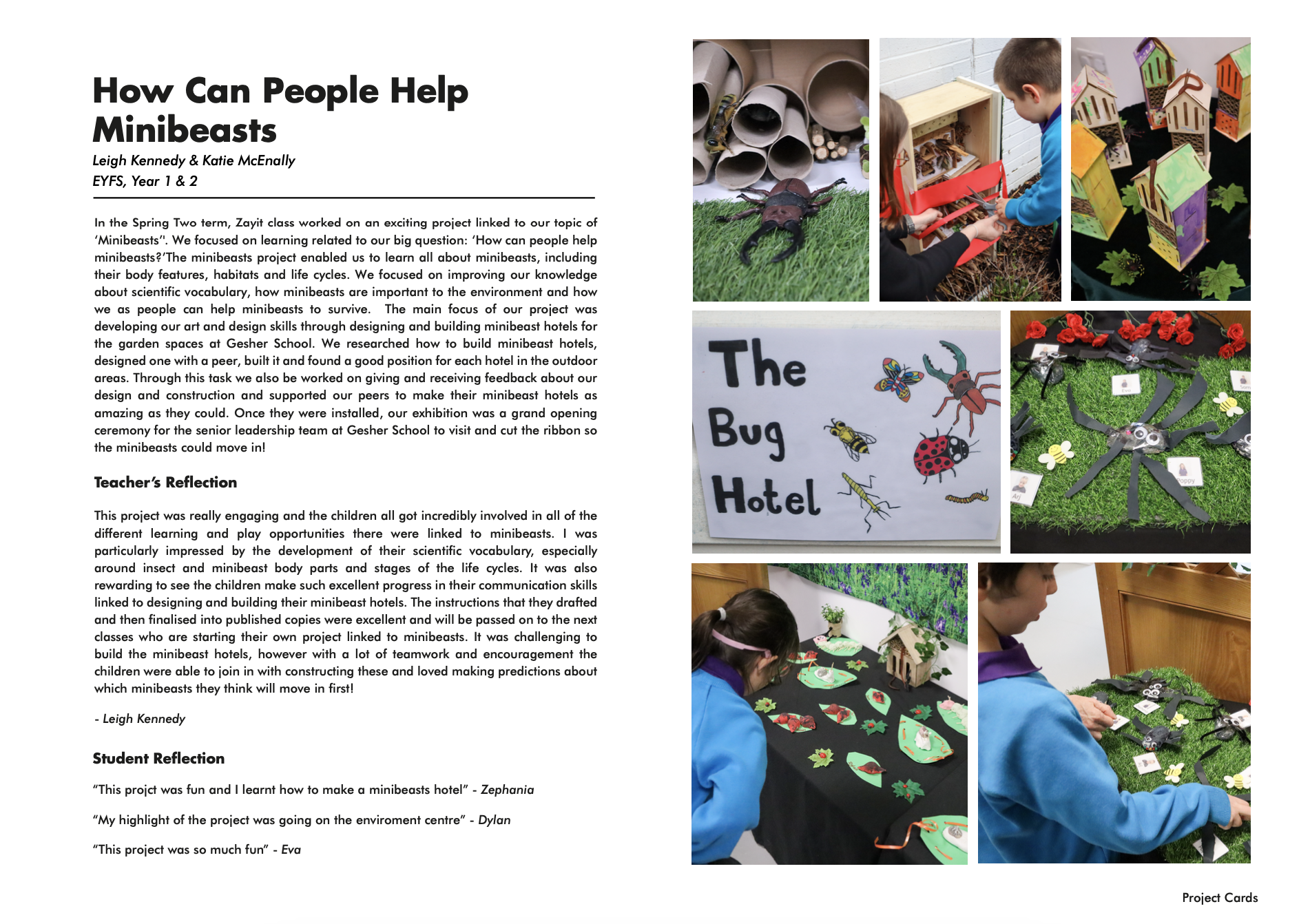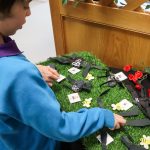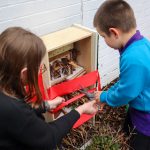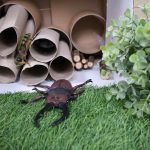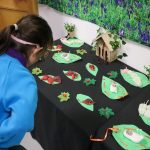Tim Briggs, 11th Grade Humanities
For this project, students researched, wrote, and self-published a collection of choose your own adventure stories based on U.S. History. To create their story, each student researched a historical time period and created a story map of possible choices for their character based on the significant events in their era. In writing their stories, students incorporated dialogue, sensory details, and narrative techniques to create gripping second person narratives. Each narrative was then edited by a student editorial team while other students created original art and designed a layout to format our book for publication. At our final exhibition, students presented their work to teachers, students, and community members at the Grossmont Literary Arts Festival.
Teacher’s Reflections
“This project far exceeded my expectations for the depth and complexity of the students’ narratives. What I had envisioned as a 200- 300 page book sprawled to nearly 600 pages as the students dug deeper into their historical periods and created pathways for their character to explore different events. Students were invested in the creation and publication of our book. Every narrative was reviewed and edited by a team of students for content and historical accuracy and then formatted for publication by our design team. It inspired me to see students work hard to prepare our book and take pride in completing such a large task as a team.”
– Tim Briggs
Students’ Reflections
“Being a member of various groups helped me develop new skills. As a member of the editing group, I improved my understanding of grammar and writing by reviewing the work of other students. I also learned how to use Adobe Acrobat to publish our writing in a professional format. Being a part of the leadership and exhibition crew made me step out my comfort zone and practice my communication and leadership skills. Overall, the project helped me not only to become a more creative writer, but it also let me improve how I work with other students.”
—Rafely Palacios
